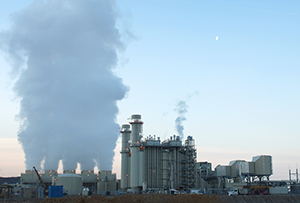With enormous supplies and massive investments in natural gas and oil in the US, the nation’s domestic supply of energy continues to grow at a record rate.
The US is poised to surpass Russia as the world’s largest natural gas producer by 2015. For the first time in nearly 20 years, the United States is now producing more oil than it is importing.
Yet, an often-underreported inevitability of the remarkable energy renaissance is the need to safely transport resources – particularly crude oil – to market.
The United States’ energy delivery system includes millions of miles of pipeline and rail infrastructure, creating an incredibly complex and sophisticated system. It is a system built before the current energy renaissance and one even the Administration’s top energy official acknowledges requires updating:
“The Bakken shale has gone from close to nothing to a million barrels a day in a very short time, and the infrastructure certainly just is not there, certainly in terms of pipelines,” Energy Secretary Ernest Moniz told an Albany newspaper earlier this year.
The lack of necessary infrastructure capacity is forcing producers to waste resources across the country, such as North Dakota, compelling states to pass laws limiting the legal amount of natural gas flared.
Without sufficient pipeline capability, other transportation modes are working overtime to meet the growing demands. Last year, U.S. railroads shipped more than 260 million barrels of oil, an enormous increase from the 7 million barrels they shipped in 2008.
Nevertheless, to truly embrace our energy potential, we must modernize our entire infrastructure portfolio.
Read the full article on Huffington Post.






